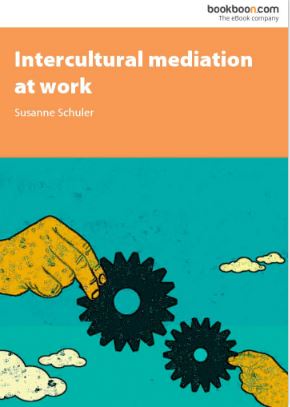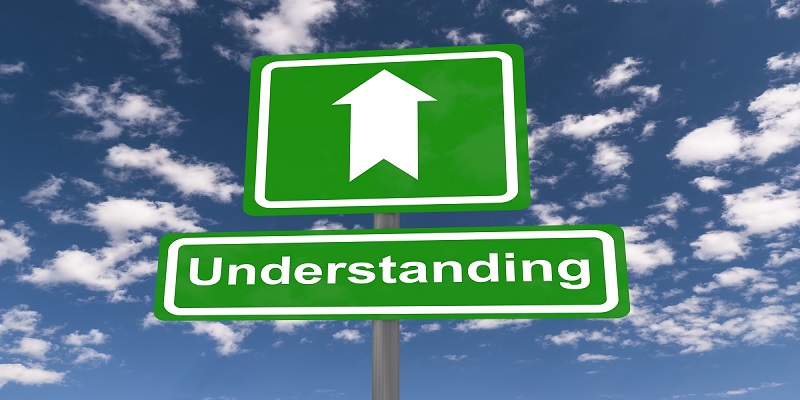How to Successfully Resolve Conflicts in Your Company (1 of 2)

 A company can only be successful if people work together and help each other out. Of course, disputes between colleagues can never be avoided entirely, but if they get out of hand, they can be toxic for your corporate culture.
A company can only be successful if people work together and help each other out. Of course, disputes between colleagues can never be avoided entirely, but if they get out of hand, they can be toxic for your corporate culture.
If it’s your job to resolve those conflicts – for instance because you have direct reports or because you work in HR – you want to make use of the best tools at your disposal. Of course, people have different preferences regarding conflict resolution methodologies – but there is one method called “mediation” that seems widely acknowledged as an efficient and well-proven tool. In this first of two articles, let’s have a look at the characteristics, objective, and basic rules of mediation.
The fundamental characteristics of mediation
Mediation is very different from other forms of dispute resolution – and it’s easiest to see how it is different if you juxtapose it with a method which has opposite characteristics: legal disputes or lawsuits. Here are both methods in comparison:
Characteristics of legal disputes:
- They are formal and follow fixed rules, protocols, and routines.
- The judge (or a jury) is in charge of the decision making, based on laws.
- The focus is on the past (Who is guilty for what happened?).
- At the end, the verdict will determine a winning and a losing side.
Characteristics of mediation:
- It is informal and ideally tailored to the particular needs of each case.
- The conflict parties themselves are in charge of the decision making, based on mutual agreements.
- The focus in on the future (How can we solve the conflict and avoid similar disputes from now on?)
- At the end, the solution has been developed and agreed upon by both parties, considering everyone’s needs.
The objective and basic rules of mediation
Why choose mediation as a tool to resolve disputes? Because it enables you to find a solution both parties are satisfied with (not always equally satisfied, but still). This process requires a certain degree of magnanimity and goodwill from both sides – and a willingness to follow a set of basic rules:
Everyone’s commitment:
In mediation, you cannot force somebody to take part. Of course, some people need convincing – but ultimately, all participants should be there because they want to be there.
As you will see in the second part of this article series, there are recommended steps for mediation projects. At the same time, it is important that anyone at any time can make suggestions to change certain aspects of the action plan if those changes are a constructive contribution to the overall process.Power to the people:
This is the hallmark of mediation. The ones who are involved in the conflict are the ones who get to decide how to solve it. The mediator sets the stage and makes sure everyone follows the rules agreed upon but never tries to suggest a certain decision or solution. Which brings us to the final rule:
An omnipartial mediator:
This may be the first time you see this word. Mediators are not impartial (like referees in a sports game) because they are there to support everyone instead of no one. They don’t take sides and make no decisions but instead enable the participants to come together and find a common solution.
In short
Mediation is a process where two people or groups of people who have a dispute with each other come together to find a mutual agreement, aided by a process manager called “mediator” who guides both parties through each step of the way without influencing any of the decision making.
These are the basics of what mediation is all about. In the second article you will learn about the individual stages you go through together so you can better understand how this actually works in real life.
Did you like the article? Then download the eBook Intercultural Mediation at Work

[bookboon-recommendations id=”3eab62c5-4da5-428b-ac2c-5011a7419edc” title=”You might also find these books interesting:”]

